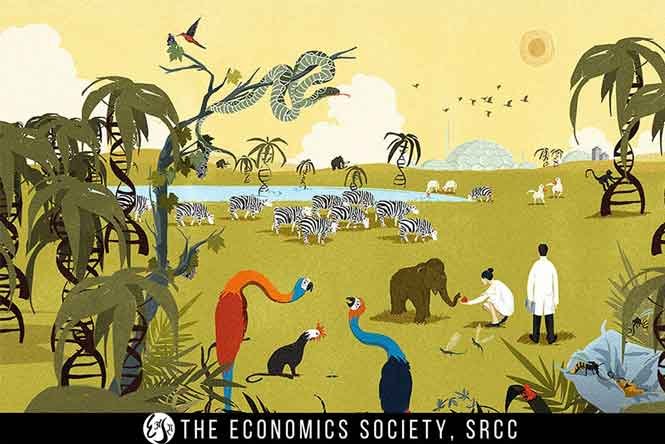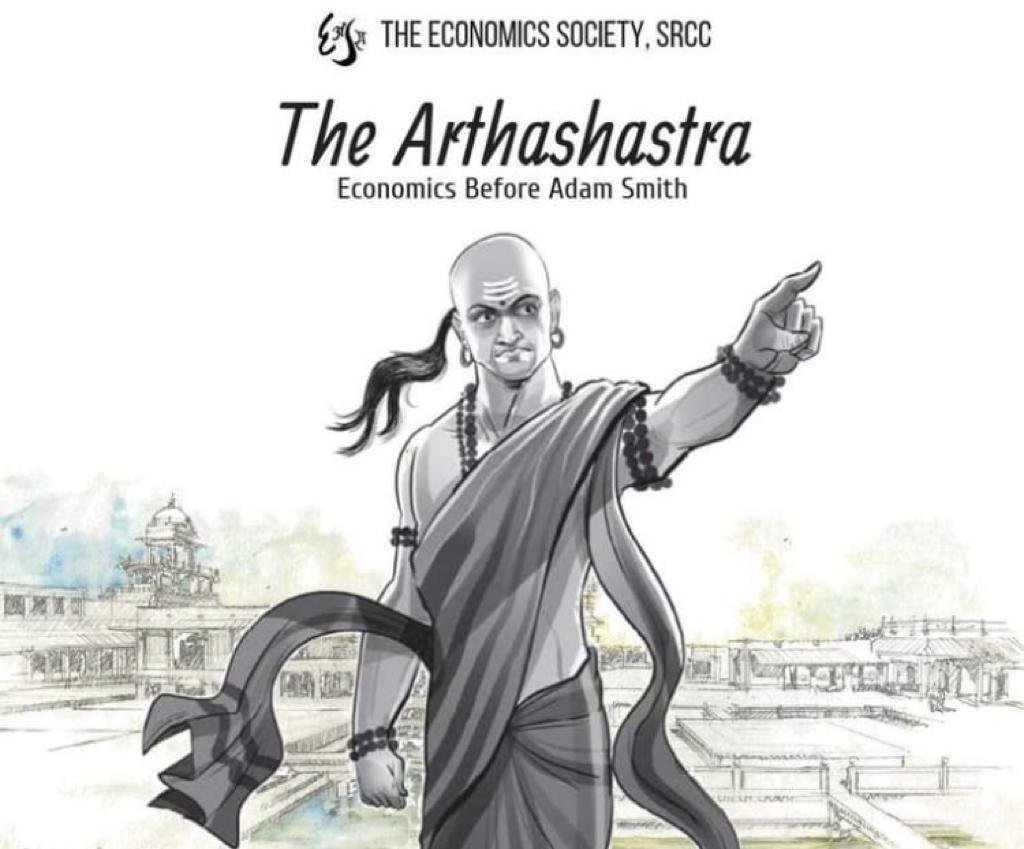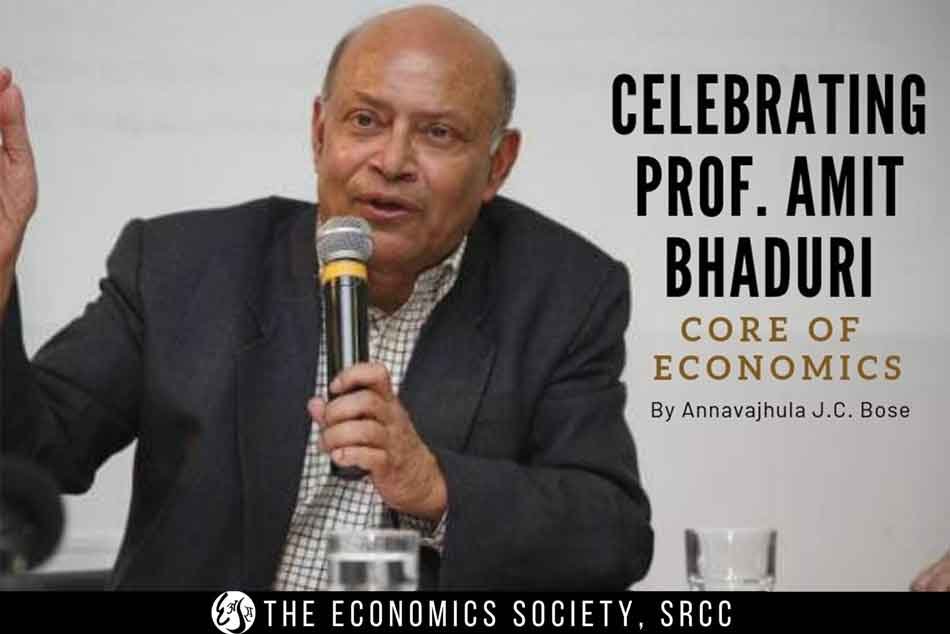
Bio-Economicus : Discovering Biological Markets

Economics is the study of human behavior. Yet, only a few realize that if the human race evolves from the animal kingdom, then why can’t economic theories function in their domain. Adam Smith said in his book, ‘The Wealth of Nations ‘, “Nobody ever saw a dog make a fair and deliberate exchange of one bone for another with another dog.” Even John Maynard Keynes, the father of modern economics, attributed our irrational choices to animal spirits. Later, economists developed the idea of Homo-economics to prove the fact that animal spirit can be entrepreneurial. Ronald Noë began to think about economics in Biology in 1981 while he was working on a post-doctorate degree in Kenya. In 1994, Noë and Hammerstein laid out their new theory of biological markets in the journal, ‘Behavioral Ecology & Sociobiology’. “Biological markets are all over the place,” says Noë.
In biological markets, two classes of traders exchange commodities for their mutual benefit. The term ‘markets’ signifies shifts in supply and demand that cause changes in the exchange value of commodities traded. These are studied under three different headings: sexual selection, intraspecific cooperation, and interspecific mutualism. In such markets, individuals outcompete each other in aspects preferred by the choosing party, and not in agonistic ways. The commodity the partner has to offer cannot be obtained by force, but requires the consent of the partner. Trading partners are chosen from several potential partners. It maintains a dominant role for partner choice in the formation of partnerships. Noë says, “Partner choice is an essential ingredient of biological markets.” This mechanism is similar to a partnership business where mutual agency between all partners is of utmost importance. This feels like the correct time to develop upon game theory, since it describes the core of biological markets and integrates existing knowledge from separate fields.
Ben Craig wrote, “A female paper wasp recruits helper wasps to her nest to raise her offspring, and these helpers can usually choose from several different nests in a given area.” The wasps are essentially making a trade. The terms of the wasp’s trade are determined by supply and demand. When the number of nests increases, the wasps are ready to settle for fewer contributions made by the helpers. It shows that when the supply for wasp nests increased, the price of entry into a single nest decreased. The wasp behaves like a rent-seeking landlord.
Another example of partner choice and adaptation to supply and demand ratios come from mutualism between plants and microbial organisms. Most intensively studied are interactions between legumes and both arbuscular mycorrhizal fungi and soil bacteria of the rhizobia group. In both cases nodules are formed in which nutrients are exchanged: the plants offer carbohydrates they acquire through photosynthesis in the chloroplasts of their leaves. The fungi and bacteria offer phosphorus and nitrogen respectively.
Cooperation is common in nature, not just between animals of the same species but also between different species. For example, between a plant and its pollinator. Noë was interested in when and how low-ranking male chimpanzees teamed up to challenge a more dominant male to mate with a female. He proposed two theories. The first, called Kin Selection, held that an organism sometimes better propagates its genetic material by helping a close relative reproduce, who would be the members of the same species. For instance, a large number of sterile female bees help raise the young of a kindred queen. The second theory of cooperation given by him and Trivers was ‘Reciprocal Altruism’. The crux of it was the idea of partner control.
Many wondered, how could an altruist guarantee that his partner would return the favor?
To answer this question, biologists looked to game theory, which sought cooperation strategies between self-interested individuals. Male scorpionflies offer females a ‘nuptial gift’ of prey before mating. In some species of birds, such as the purple martin, a male will allow another male to occupy part of his territory in exchange for helping raise his young. Lycaenid butterfly caterpillars produce sweet nectar whose only purpose is to attract ants, which eat the nectar and protect the caterpillars from predators.
A paper by Campenni and Schino confirms that partner choice promotes cooperation. The more male scorpionflies available in the market, the larger the nuptial gift, the female will demand. The male purple martin chooses the most juvenile-looking and least threatening tenant. As per the number of ants in the vicinity, the caterpillars adjust the amount of nectar they produce. It is essentially a supply-demand theory. Through the eyes of biologists, ‘trading’ is similar to ‘cooperation’, since both are interactions in which all agents involved end up with a net gain.
Louise Barrett and Peter Henzi, two primatologists, took a closer look at biological markets in Baboons. They proposed that baboons groom each other in exchange for a host of commodities, including reciprocal grooming, tolerance at feeding sites, mating opportunities, and infant handling. Trivers used a similar example in his study in 1971.
Daniel Cossins gave the example of cleaner fish. Cleaner wrasses are small, ribbony fish that eat dead skin and parasites from the body parts of other fishes. Each wrasse occupies a station on a piece of coral, which other fish visit when they are feeling crust. Not all clients receive equal treatment. Some have to wait longer than others, and the wrasse sometimes spices up its diet by sneaking a painful bite of healthy scales and mucus.
Bshary began his research in the Red Sea, where he divided the wrasses’ clients into two categories: the floaters with huge ranges, who could travel between several cleaning stations, and the residents with a small range, who could not reach more than a single cleaning station. He found that the floaters almost always received prompter and gentler treatment. The wrasses made residents wait longer for cleaning and were also more likely to munch on residents’ healthy scales and mucus, demonstrating another well-known law of economics: Monopolists are unfair. A provider of commodities when cannot be substituted by other providers has a monopoly. It can sell products way above the price one would observe on competitive markets. These fish have a monopoly for local clients who are not sufficiently mobile to choose between different cleaning stations. Trudeau et al demonstrated a similar effect in experiments with wild vervet monkeys. The low-ranking females provided food to their groups, for which they received grooming benefits in return. These benefits were highest when a single female had the monopoly of food. But these significantly reduced after a duopoly of food providers was created experimentally.
There is no common currency of trade between animals. The ‘currency’ of evolutionary biology is fitness, a measure of the reproductive success of conspecifics. It is comparable, with some restrictions, to utility in economics. Units of fitness cannot be converted from one species to the next, so the gains and losses of members of different species can certainly not be expressed in fitness units on a single scale.
One of the most useful concepts biologists learned from economists is that of ‘Comparative Advantage’. First described by Ricardo in his theory of international trade but was first used in biological markets by Schwartz and Hoeksema. Ricardo however demonstrated that two countries benefit from specializing production of the good, which they have a comparative advantage of. Similarly, in the biological model of mycorrhizal trade, plants and fungi (stated above) are comparable to Ricardo’s countries. Fungi had a lesser opportunity cost than plants in producing phosphorus. This is precisely the answer to Darwin’s question, “Why would individuals invest in others without a guarantee of net returns? Which mechanism would guarantee net returns?”
Thus, we see that it is not only the human world that runs on economic theories and analyses everything. Even animals negotiate for their own interests. Though, their areas of economics are mostly related to mating opportunities and raising their young ones instead of revolving around money and the economy.
I hereby rest my study by quoting Hammerstein that, “In a biological market, everybody, by pursuing their interests, does the right thing.”
Kirtana Chadha
Writing Mentorship 2021
References
https://sites.google.com/site/ronaldnoe/markets-main
https://economics.yale.edu/news/yale-journal-economics#sthash.e9PJ24N1.HFfG5oIy.dpbs
https://academic.oup.com/ej/search-results?page=1&q=biological%20markets&fl_SiteID=6182&SearchSourceType=1&allJournals=1
https://www.openculture.com/
https://www.sciencedirect.com/science/article/pii/S2589004221001437
https://www.sciencedirect.com/science/article/abs/pii/S0169534700891235
https://www.researchgate.net/publication/225216670_Biological_Markets_Supply_and_Demand_Determine_the_Effect_of_Parner_Choice_in_Cooperation_Mutualism_and_Mating
https://science.umd.edu/faculty/wilkinson/BIOL608W/Noe&Hammerstein1994BES.pdf


